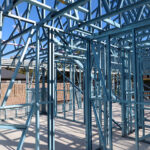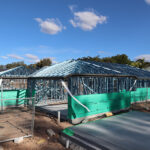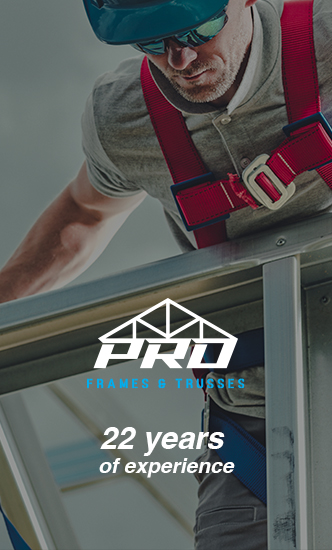There are steel and timber frames and trusses available in Australia, both of which have their advantages and disadvantages.
This article was written by Darren Bourke of Pro Frames & Trusses located at Yatala.
Our steel frames and steel trusses are made from 0.55mm to 1.2mm steel. The frame of a building is its backbone, so it must be both safe and secure. When choosing timber framing or steel framing, Darren suggests considering these factors:
- Materials and labor costs
- Longevity of the finished product
- Warranty information
- Sustainability in the environment
- The best solution for your site
- Fire, storms, corrosion, or any other unique ecological factors
- Ability to make changes during the construction phase
The following are Darren’s pros and cons of timber framing and steel framing:
What are the patterns that are offering ascend to such disturbance and advancement? Furthermore, what are the suggestions for business-innovation system?
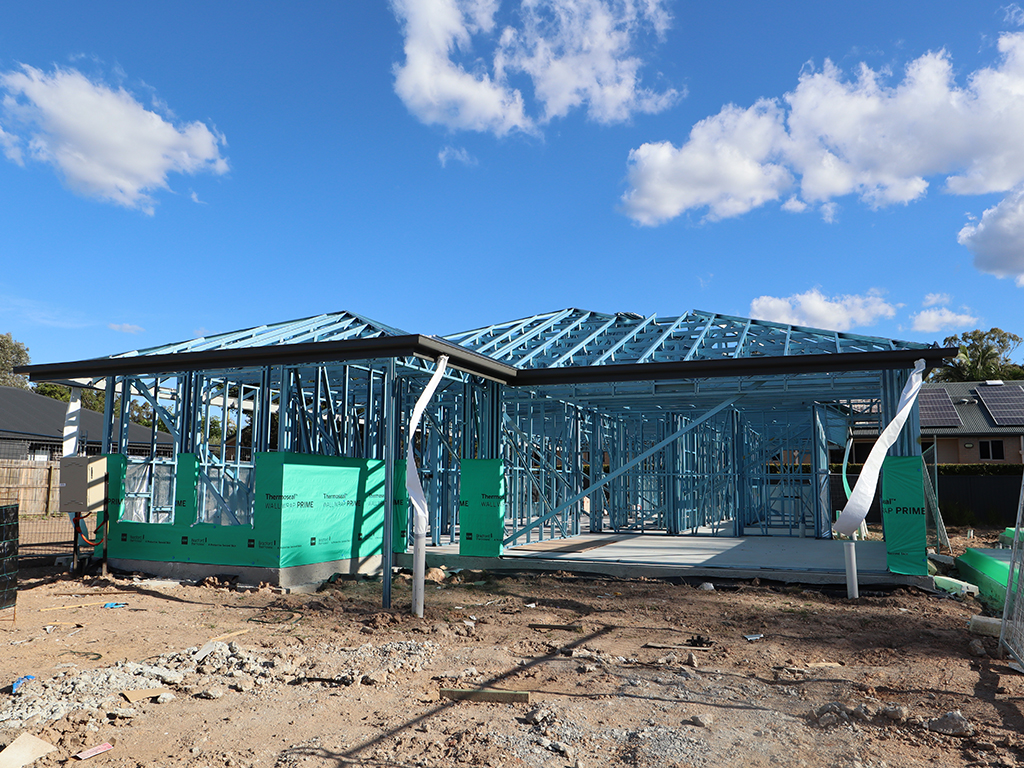
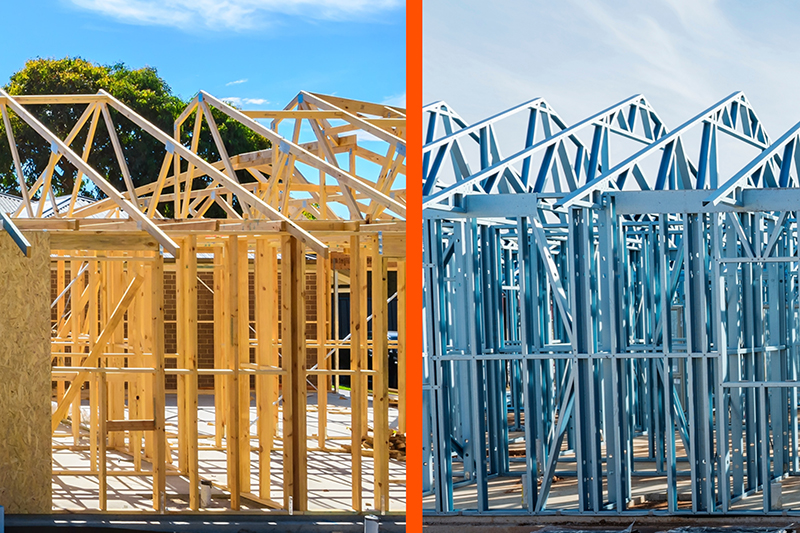
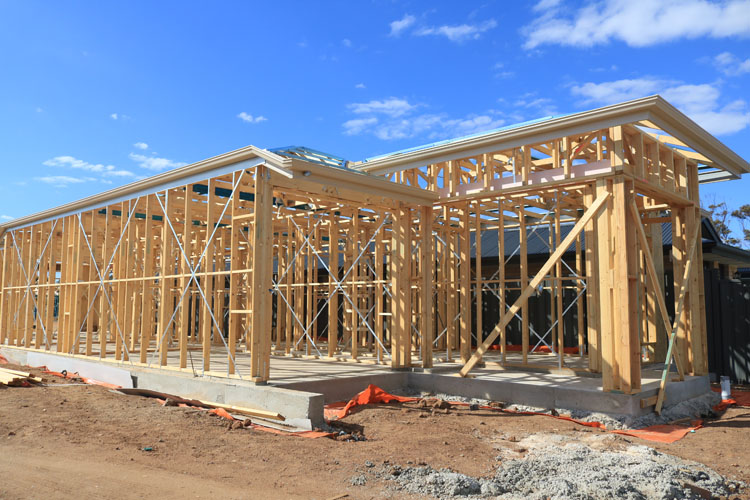
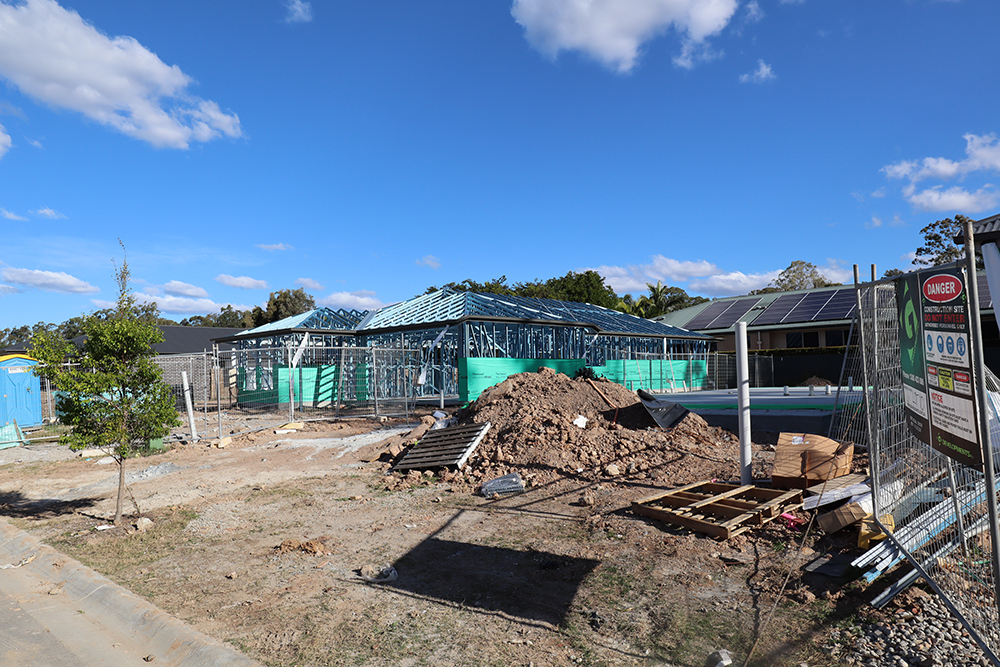
TIMBER HOUSE FRAMES
A timber house frame is the most popular frame and truss choice in Australia. There is no need for research to prove that timber frames work. That can be proven by hundreds of years of building history.
Timber frames have the following pros and cons:
Easily accessible
Generally, you can find timber framing at any local hardware or building supply store. In other words, framing can usually be constructed quickly on site. Due to the fact that timber frame building occurs on-site, there is a possibility of errors, causing waste and increasing labour costs.
Ease Of Use
Gavin says almost all builders are familiar and experienced with timber framing. On-site timber cutting is easy, and you can make changes on-the-fly.
Renewable Resource
Since timber is both a renewable resource and a natural product, it is environmentally friendly. In particular, timber sourced from sustainable and ethical sources.
Natural Insulator
During the day, timber gathers heat and slowly releases it at night.
Disadvantages
Even though timber has a lower initial cost than steel, the construction process takes place on-site. Contrary to steel framing, which is mostly prefabricated off-site and ready for erection upon delivery, wood must be measured and cut to size.
In addition to its susceptibility to pests and the elements such as fire, wind and storm, timber framing is also susceptible to pests. Timber can be compromised by a variety of pests. These include termites, borers, and vermin, as well as possums. Steel is much harder to chew through than wood!
Last but not least, timber is susceptible to moisture. The wood expands and contracts as it dries out after absorbing water. Over time, this expansion and contraction can cause the attached coverings, such as your gyprock and cornice, to warp and crack. The environment can breed mould and fungi, which can cause serious health problems.
Pro Frames & Trusses steel frames are strong, straight, precise, won’t twist over time, and won’t catch fire.
STEEL FRAMES
Steel frames and trusses benefit builders, designers, and homeowners, according to Darren. Steel frames have the following pros and cons:
Weight & Strength
In general, steel-framed houses are lighter than timber-framed houses; steel has the highest strength-to-weight ratio of any material used in construction. Among all current residential building materials, steel has the highest strength-to-weight ratio. Because steel components have a high strength-to-weight ratio, they are more robust without adding weight. With steel frames and trusses, your home has a strong foundation that will not warp or bend.
Build Efficiency
In Darren’s factory, steel frames and trusses are pre-engineered to exact specifications before being shipped out. By prefabricating the building process, time and labour costs are saved.
Pest Resistant
The steel used in your building is 100% resistant to pests such as termites and borers.
Durability
When compared with timber frames, steel framing offers unmatched durability. Since it won’t warp or flex like timber, your building will remain straight and accurate for many years to come.
According to Darren, customers who build with Pro Frame Steel frames will receive a 50-year warranty.
Fire Resistant
Building materials such as steel are non-combustible, making them the logical choice for bushfire-prone areas.
Environmentally Sound
Builders can earn points towards green certification programs by using steel framing. It is possible to build an energy-efficient, airtight, and well-insulated house using Australian Steel Frames.
Disadvantages
Building with a steel frame is typically seen as being more expensive than building with timber, and there is some truth to this assumption since steel is more expensive in raw form. Due to the precision and accuracy of prefabrication, assembly time is dramatically reduced, saving you thousands on labour costs and reducing overall build time. Maintenance and repair costs will be reduced due to steel’s durability. Additionally, steel frame homes are often less expensive to insure.


